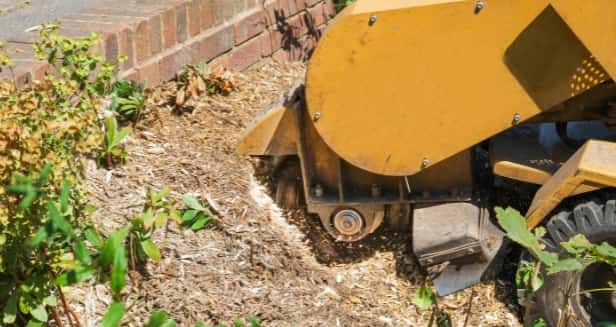Introduction: Sectional dismantling is common in tree surgery when dealing with large or hazardous trees. It involves carefully and strategically removing a tree in smaller sections to ensure safety and minimise damage to the surrounding area. One essential aspect of sectional dismantling is canopy management, which plays a crucial role in safely and efficiently removing the tree. In this blog post, brought to you by Thetford Tree Surgeons, we will explore how canopy management techniques are utilised in sectional dismantling to benefit the tree and the environment.
The Importance of Canopy Management
Canopy management involves deliberately pruning and shaping a tree’s branches to achieve specific goals, such as improving tree health, promoting safe growth, or achieving an aesthetically pleasing shape. In the context of sectional dismantling, canopy management serves several important purposes:
- Safety: By strategically reducing the canopy’s size and weight, tree surgeons can minimise the risk of branches falling uncontrollably during dismantling. This enhances the safety of the operation for both workers and the surrounding area.
- Controlled Removal: Canopy management allows tree surgeons to remove branches and sections of the tree in a controlled manner. This precision is essential when working in confined spaces or near structures.
- Minimised Environmental Impact: By carefully planning and executing canopy management, tree surgeons can minimise the impact of tree removal on the environment and surrounding vegetation.
Key Canopy Management Techniques in Sectional Dismantling
- Crown Reduction: This technique involves selectively removing branches and reducing the overall size of the tree’s canopy. It helps lower the tree’s centre of gravity and reduces the risk of branch or stem failure during dismantling.
- Crown Thinning: Crown thinning removes a portion of smaller branches evenly throughout the canopy. It improves light penetration and air circulation, making the tree safer and healthier.
- Crown Lifting: Crown lifting involves the removal of lower branches to increase clearance between the tree and the ground. This is particularly useful when dismantling trees near structures or walkways.
- Directional Pruning: Directional pruning influences the direction in which branches or sections of the tree will fall during dismantling. This technique allows tree surgeons to guide the tree’s descent safely.
- Hazardous Branch Removal: Any branches that pose a hazard during dismantling, such as dead or damaged limbs, are carefully removed in advance.
Benefits of Using Canopy Management in Sectional Dismantling
- Enhanced Safety: Canopy management techniques significantly reduce the risk of accidents and unexpected branch failures during the dismantling process.
- Minimal Environmental Impact: By carefully controlling the removal of branches and sections, canopy management helps protect nearby vegetation and minimises damage to the landscape.
- Precise Dismantling: Tree surgeons can achieve precise and controlled dismantling, even in challenging situations, ensuring that the tree is removed safely and efficiently.
- Improved Tree Health: Canopy management can have long-term benefits for the health and vitality of the tree, especially when hazardous or diseased branches are removed.
Conclusion: Canopy management techniques are essential tools in the toolkit of a skilled tree surgeon when undertaking sectional dismantling. These techniques enhance safety and precision during the removal process and contribute to the tree’s overall health and well-being.
Call us on: 01842 771 096
Click here to find out more about Thetford Tree Surgeons
Click here to complete our contact form and see how we can help with your tree’s needs.

